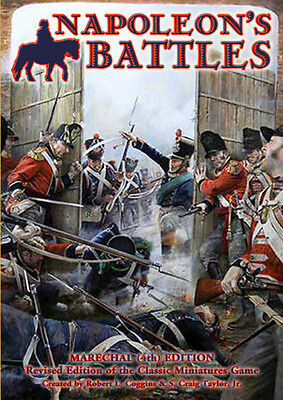Colonies Asunder – 3D Files for the American Revolution

By Tom Burgess,
Some of my fondest childhood memories are from the 1976 Bicentennial of the American War of Independence (AWI). That excitement has been kindled of late as we will soon be approaching the 250th Anniversary. About a year ago I suggested to Henry Turner, prolific provider of 3D files to print countless 6mm armies, that he might want to consider an AWI line as we approach the 250th. He was probably planning this all along, but I like to think I gave him the idea to produce this excellent “Colonies Asunder” range of 6mm to 15mm wargame miniature files. I’m taking full credit anyway!

 By Jim Naughton
By Jim Naughton By Tom Gall
By Tom Gall By Tom Gall
By Tom Gall